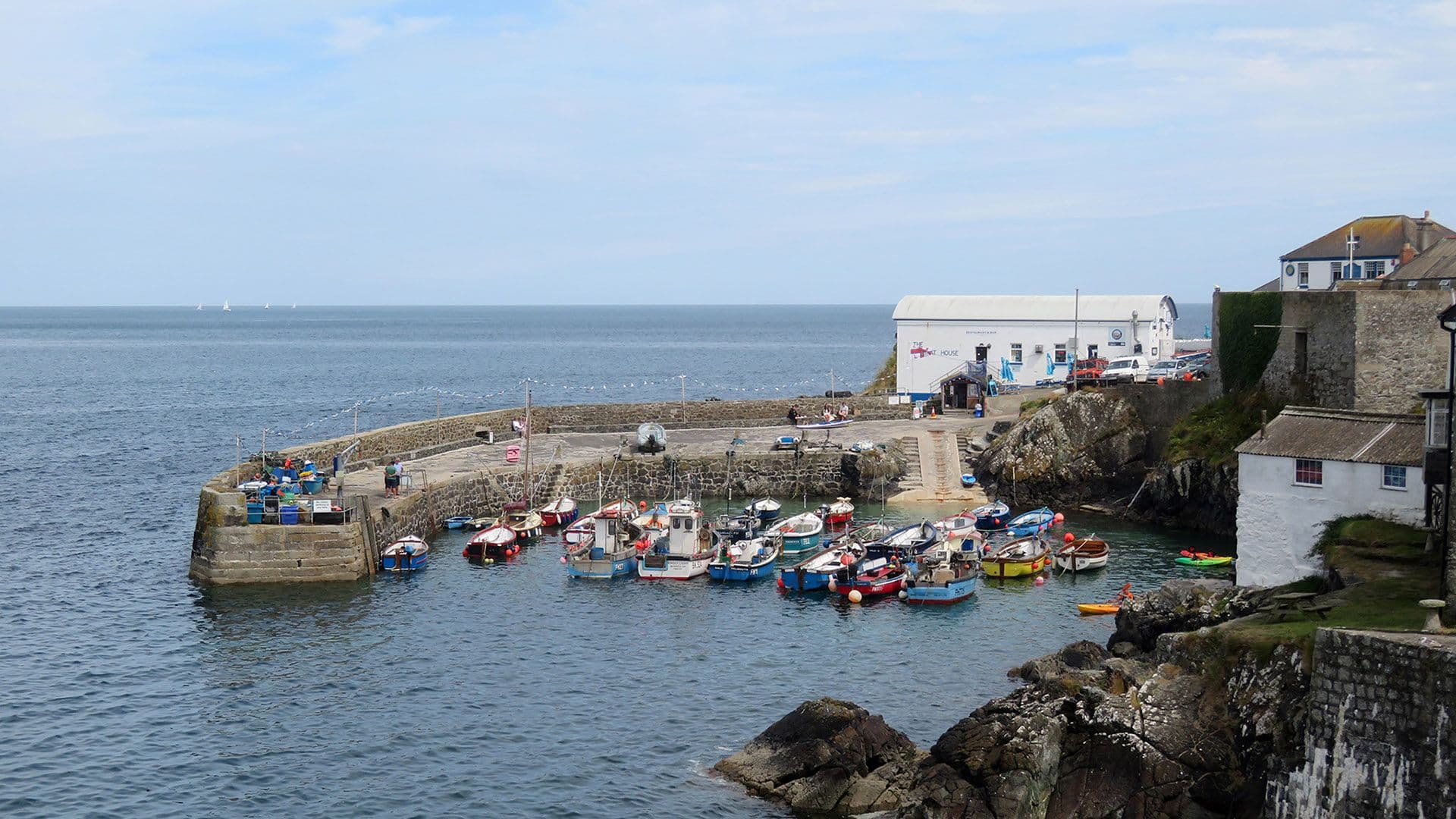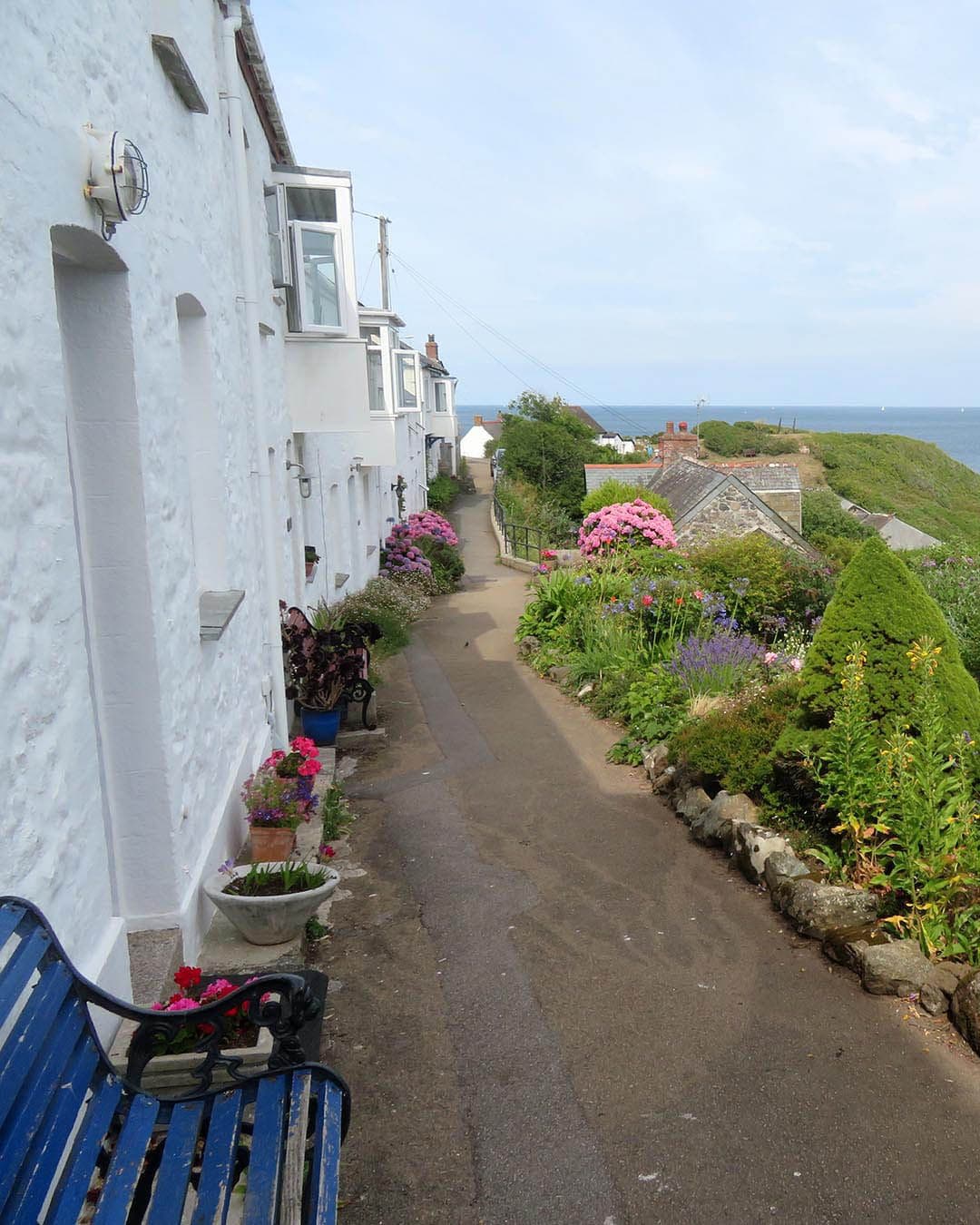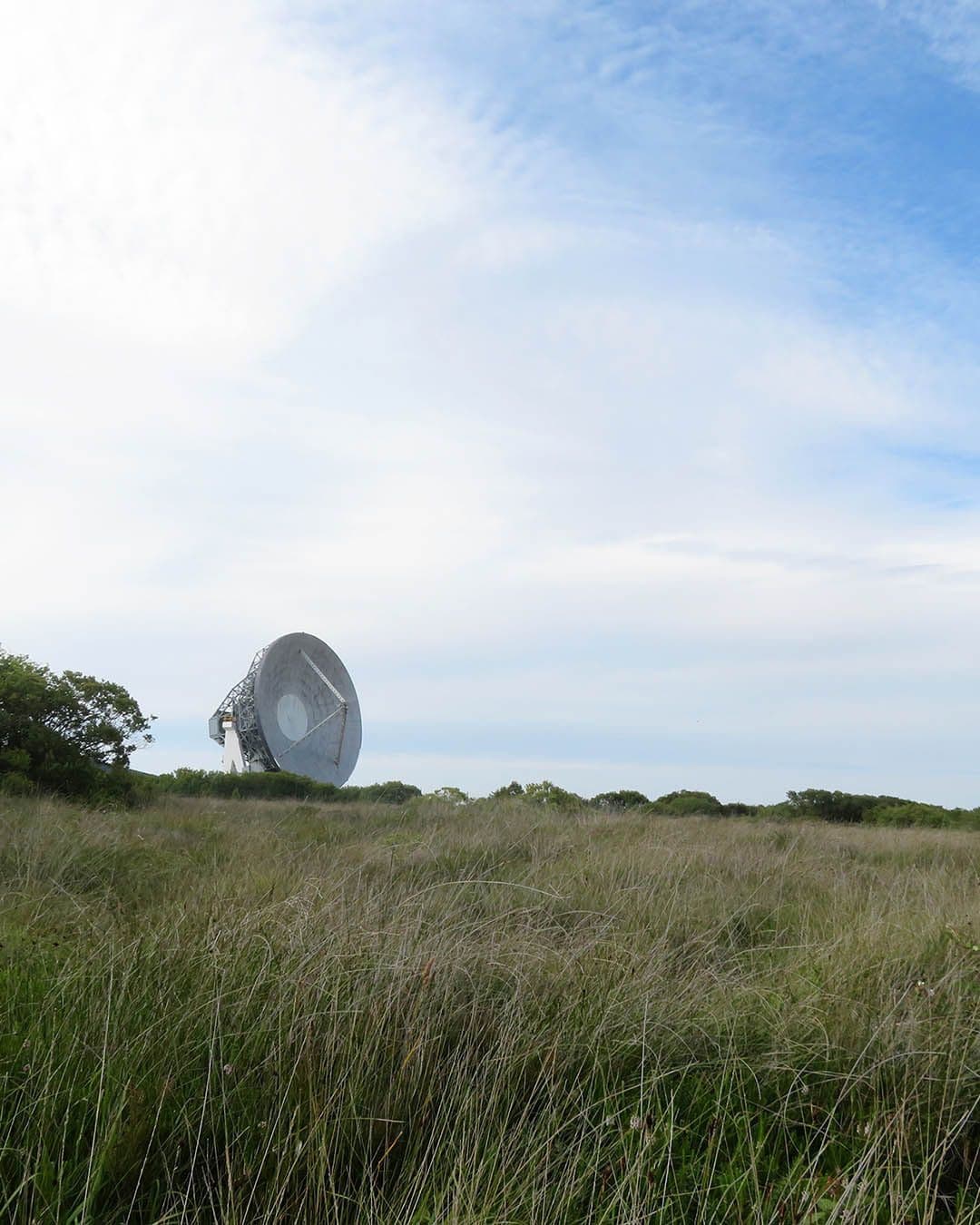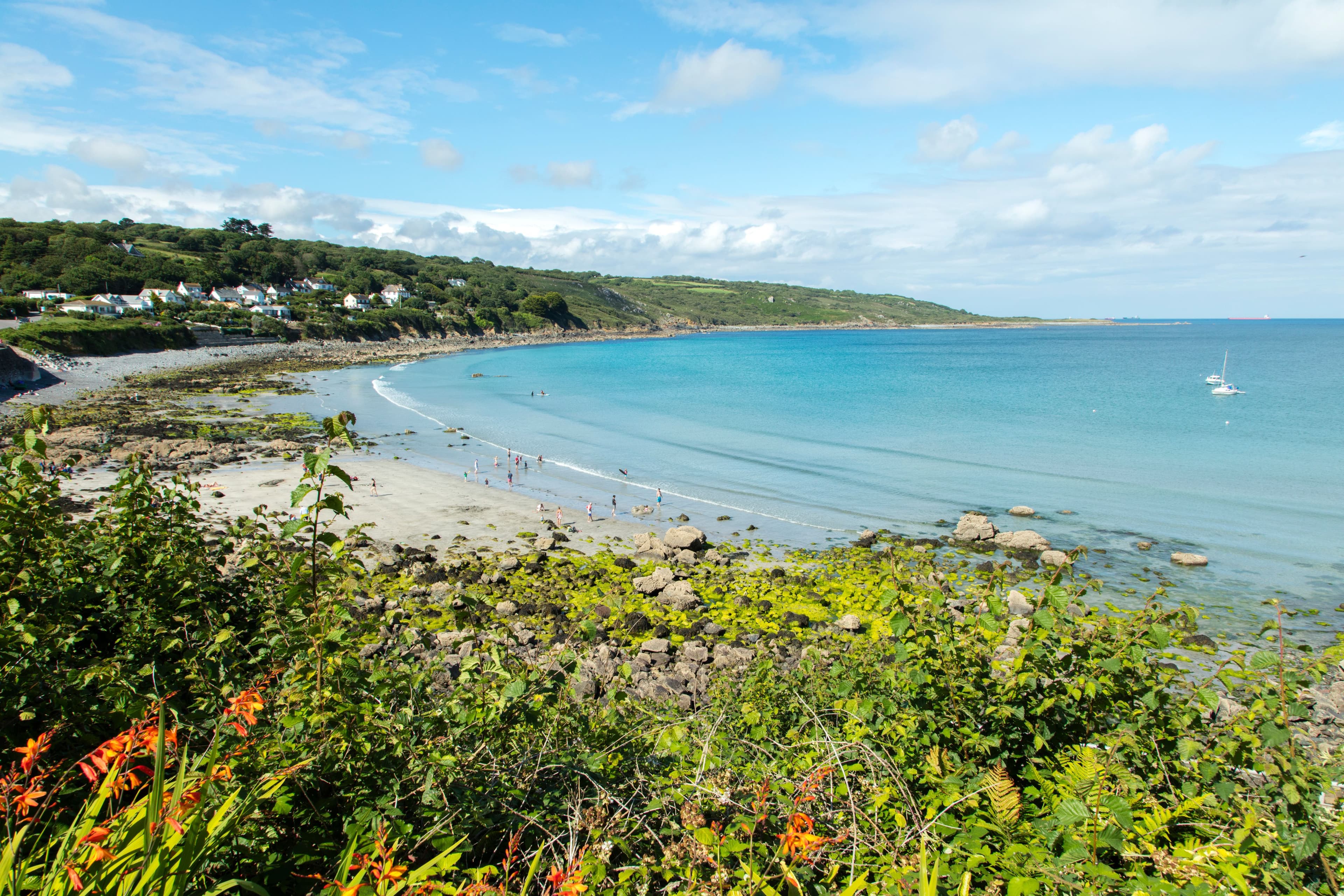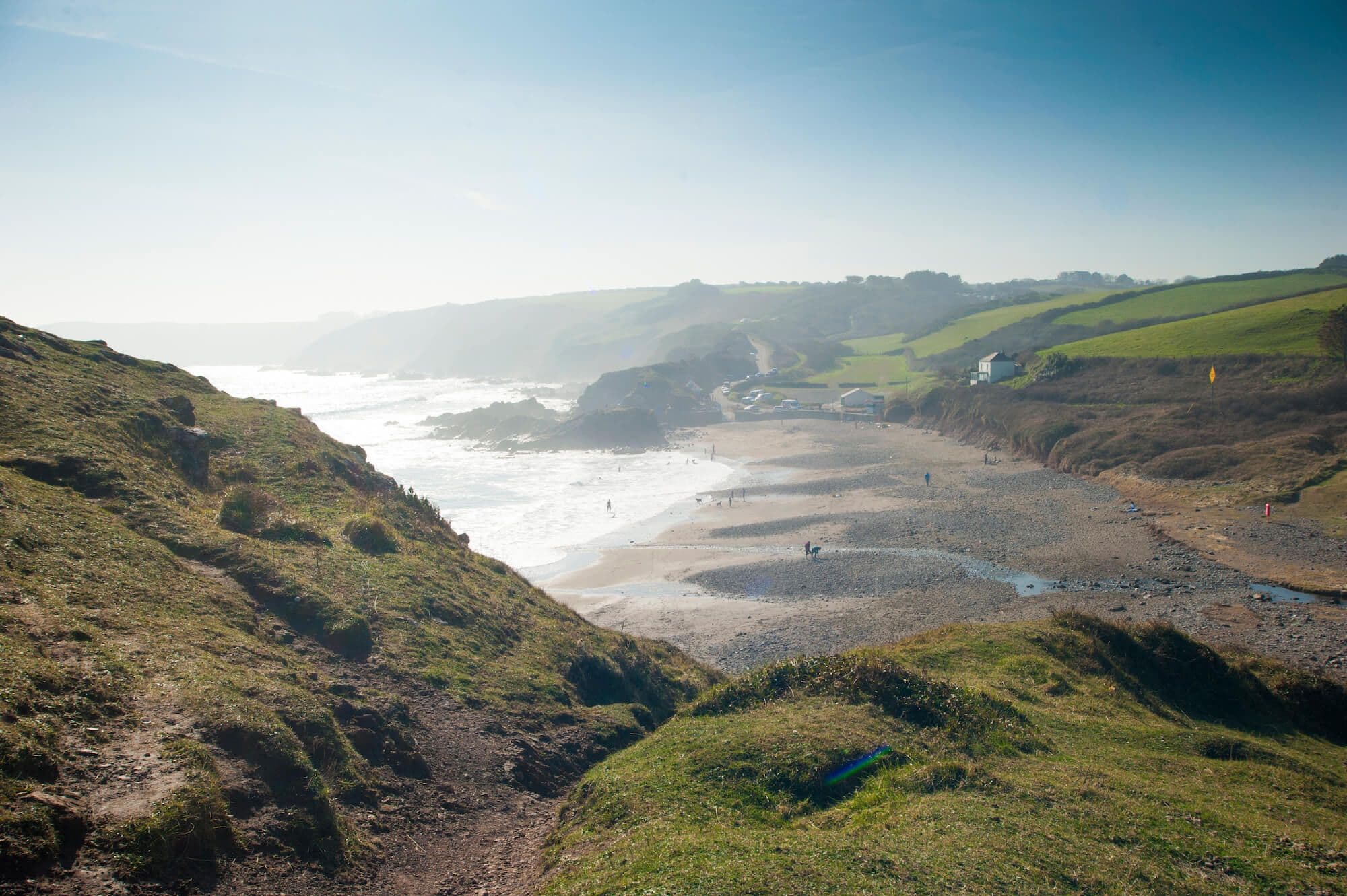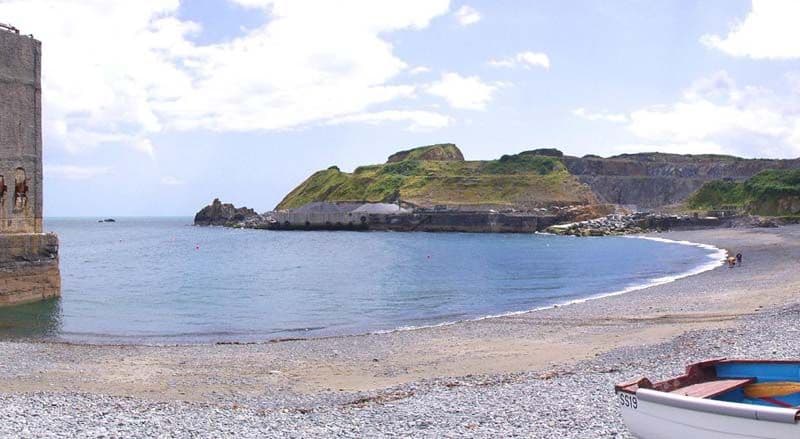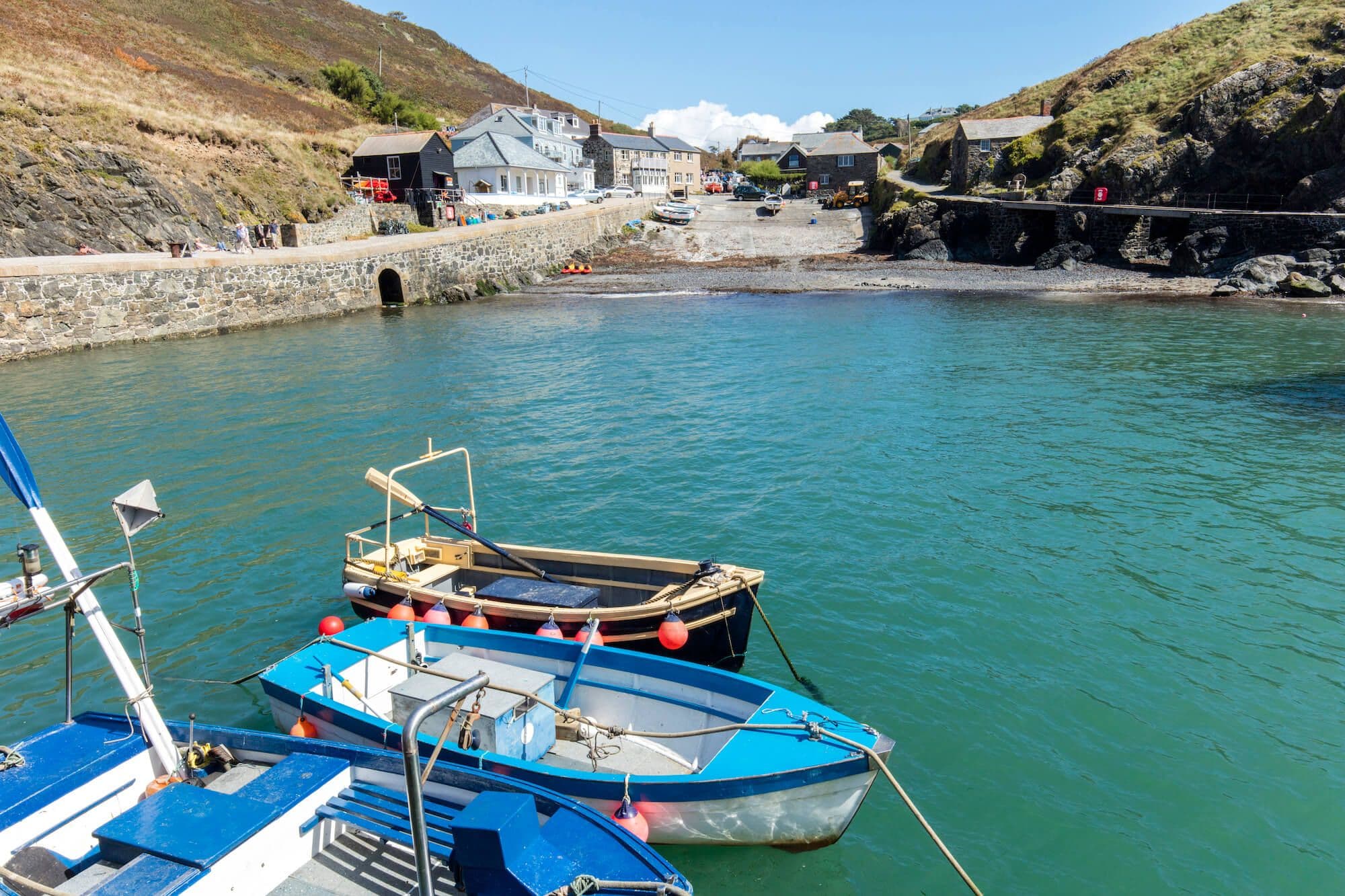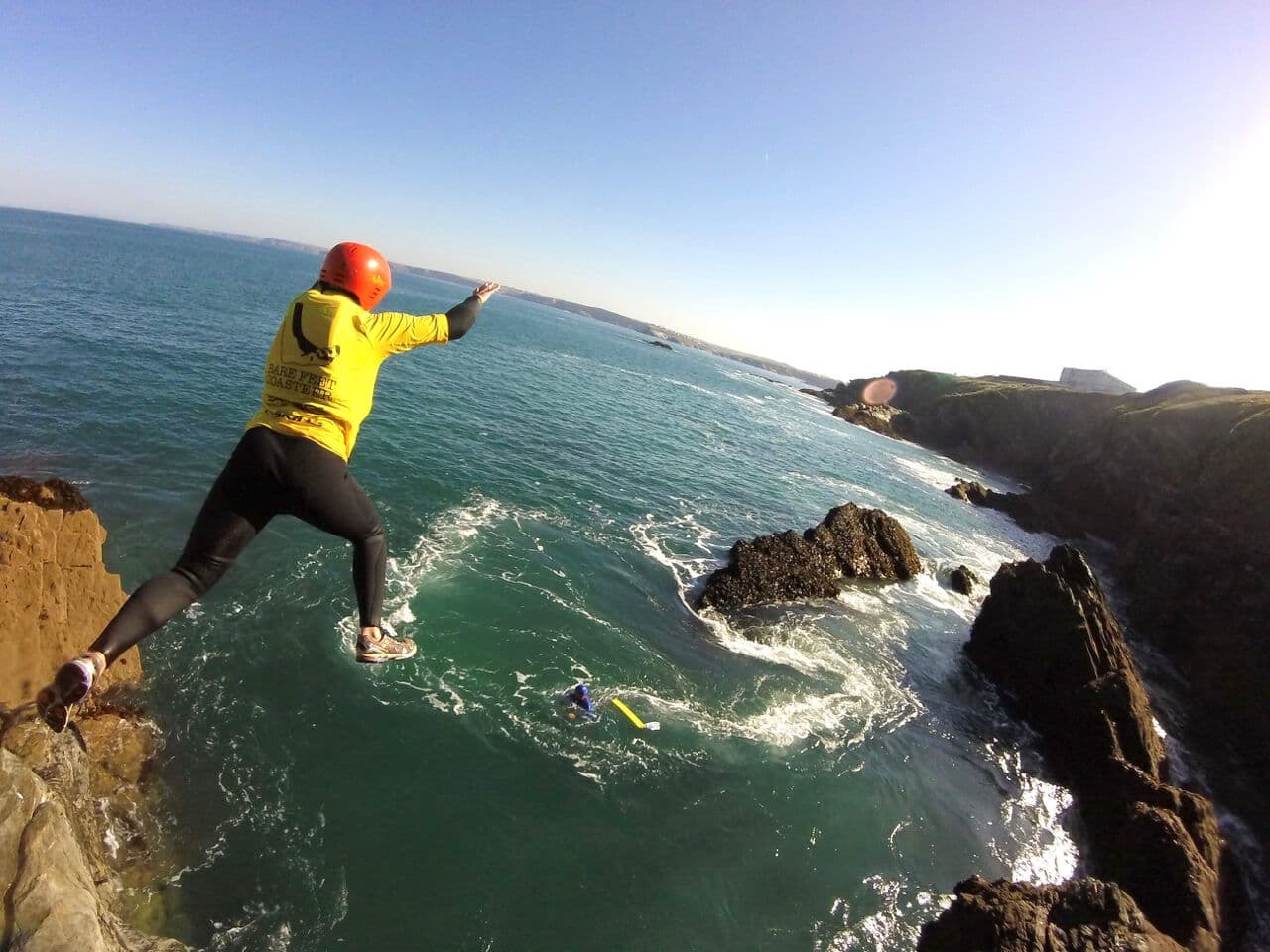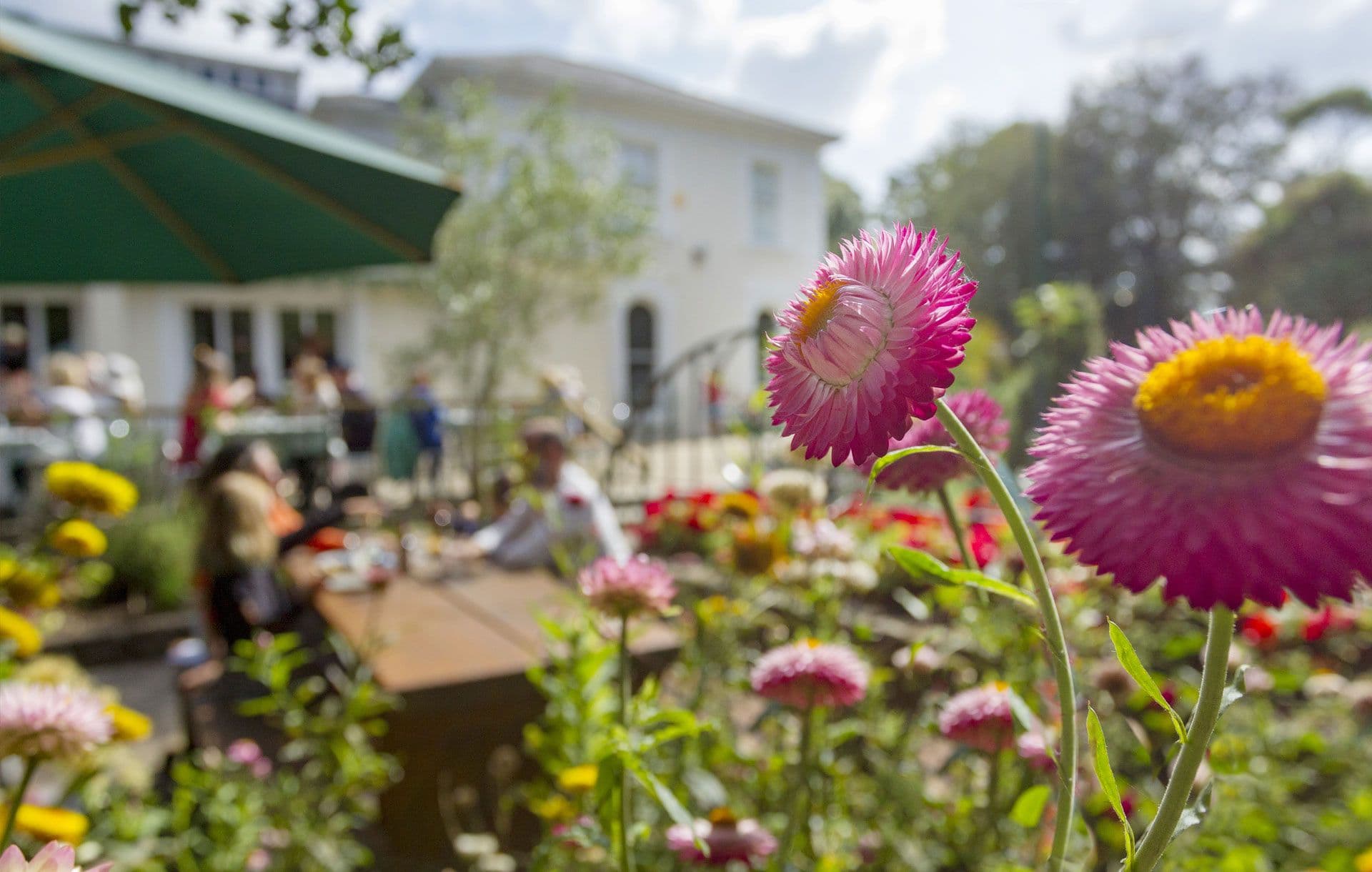Coverack
PorthkovrekA sheltered haven
Spread along a graceful bay, the pretty village of Coverack, on the east side of the Lizard Peninsula, is still home to a small fishing community as well as being a popular tourist destination.
Reasons to Visit
Sheltered from the winds that blow in off the Atlantic, Coverack was once a busy fishing port, and a centre for the processing of pilchards on this side of the Lizard. There was also a fair bit of smuggling going on and it is said some of the cottages near the harbour still have secret hiding places.
The headland beyond the little harbour is home to the former lifeboat station and the Paris Hotel, named after the liner SS Paris which ran aground on the headland in 1899. She had been the holder of the Blue Riband as the fastest ship on the north Atlantic route in the early 1890s. Thankfully she was able to be refloated and went on to be used during World War I. Not every ship along this coast was so lucky with the nearby reef known as the Manacles being the site of many shipwrecks over the years. Because of this the reef is now a favourite diving destination.
On top of the water, the village is a centre for watersports, particularly wind surfing, sailing and SUPs. The beach is safe to swim from, but there are no lifeguards, so please keep an eye on children. Dogs are welcome on the beach but should be kept on a lead from 1st July until the 31st August between the hours of 9am and 6pm.
Goonhilly
To get to this part of Cornwall you will usually find yourself driving across Goonhilly, a large flat area of open heathland. Natural England manage it as a nature reserve, one of the few places in the country you can see Cornish Heather. There are a number of walks across the downs and a parking area can be found shortly after passing the Earth Station. During WW II this area was home to RAF Dry Tree. An early warning Radar station for detecting aircraft approaching Cornwall and the Western Approaches, its existence was kept secret to many until after the war. Much of it was destroyed when the modern station was built, but some buildings can still be found, including the receiver block which offers great views from its flat roof.
Goonhilly Earth Station was opened in 1962 to track the satellite Telstar. The first dish was nicknamed ‘Arthur’ and ever since the dishes have been given names connected to the King Arthur stories. ‘Merlin’ is the largest dish with a diameter of 32 metres (105 feet) and has been used to communicate events such as the Apollo 11 Moon landing and 1985's Live Aid concerts. In 2008 BT decided to close the site and for many years its future has been uncertain. However in 2018, Goonhilly became part of a partnership with the European Space Agency for commercial lunar mission support services alongside Newquay Airport which is to become a Spacehub.
The name Dry Tree refers to a large standing stone that can be found between the WW II receiver block and the fence for the Earth Station. At 10 ft tall it’s one of the largest stone monuments from the Bronze Age to be found in the south-west and supposedly got its name because it looks like a dead tree.
Goonhilly in Cornish means hunting downs, so there’s no need to call it Goonhilly Downs.
Out and about
Away from the village there are plenty of places to explore. The South West Coast Path runs through the village offering access to dramatic headlands and raised beaches, all of great interest to geologists and nature lovers. Going north up the coast you will pass two huge scars on the landscape at Dean Point and Porthoustock. The rock has been quarried from this area for hundreds of years, though this has stopped at the moment. Known as Gabbro, this rock is unique to the Lizard and the Western Isles of Scotland. It’s no good for building stone, and unlike Serpentine cannot be fashioned into ornaments. What was quarried here is crushed and turned into tarmac or concreate.
North of Coverack, the village of St Keverne has a graveyard that contains the graves of over 400 men who have lost their lives along the nearby coast. The church tower still acts as a daymark for local sailors and fishermen as they avoid the reefs. Just outside the village at Tregallast you can enjoy some of Cornwall’s finest ice cream, whilst seeing the cows being milked.
Going south, the headland known as Chynhalls Point offers fantastic views up and down the coast. This may be why a cliff castle was built here 2000 years ago, sadly little remains to be seen by the untrained eye, but a walk out to the end is still worth doing.
Beaches
Plan your trip
Everything you need to know to plan your perfect trip to Coverack
Heading down the M5 and M6 take the A30 at Exeter and continue to Redruth. From here take the B3297 to Helston. From Helston follow the A3083 south towards the Lizard, turning onto the B3293 just after the Culdrose air base.
The main carpark in Coverack is on the right as you descend the hill into the village. A smaller one exist out on the headland by the Paris Hotel, but this fills up early.
National Express stop in Helston. From hear you can pick up a local bus connection to Coverack.
Redruth is the closest mainline train station. From here a local bus serves Helston where connecting services take you out onto the Lizard.
The geology of the Lizard is unique, which leads to amazing formations which can be viewed along the coastline. This also allows for a wide range of unique flora and fauna, and the area is, as such, designated as part of Cornwall's National Landscape.
The main beach is safe to swim from, but there are no lifeguards, so please keep an eye on children. The beach is rocky in places but a good family beach nonetheless, it can also provide ideal conditions for anglers.
Dogs are welcome on the beach, though they must be on leads.
Just to the south of the village on the otherside of the headland is Perprean Cove. This is a shingly beach that can be reached from the South West Coast Path. Dogs are permitted on this beach all year.
Dogs are welcome on the beach all year, though they need to be on leads.
For a traditional seaside holiday with somewhere to swim and enjoy yourself, Coverack ticks all the boxes. You can learn to kayak, snorkel, or go for long walks along the coast.
Find out more here.
Stay connected
Find us on socials and stay connected with the Cornwall you love.
We use cookies to personalise content and ads and to analyse our traffic. You consent to our cookies if you continue to use our website. (Privacy Policy)
